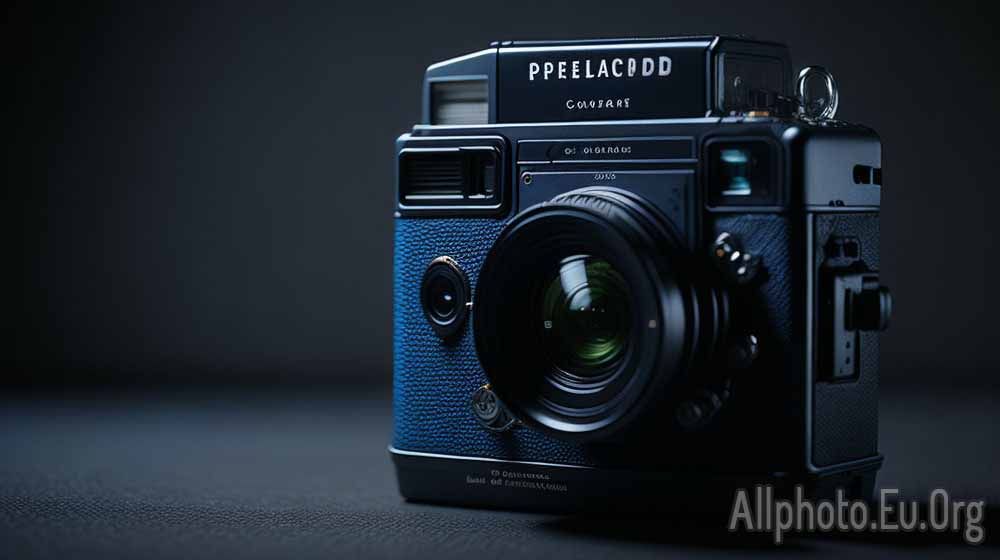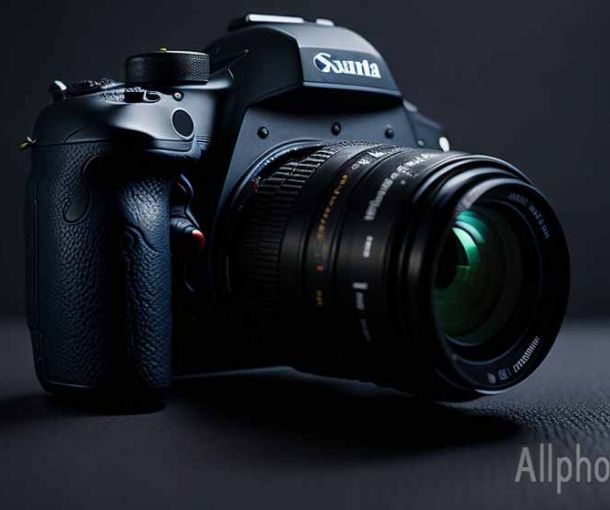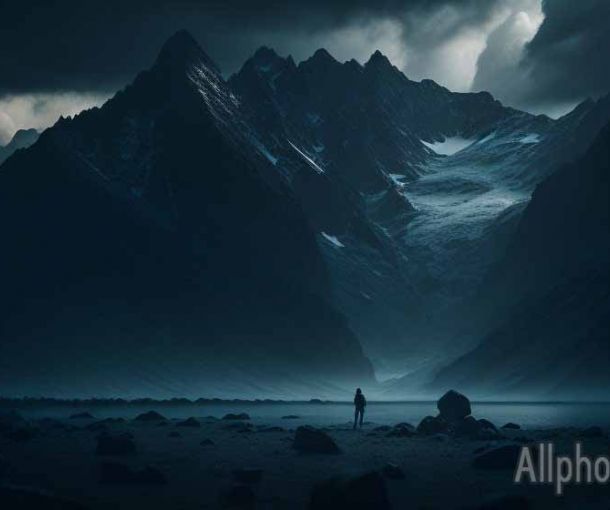The Benefits of Using a Mirrorless Camera for Photography

In recent years, the popularity of mirrorless cameras has increased significantly, and for good reason. They offer numerous benefits over traditional DSLR cameras, making them a popular choice for both amateur and professional photographers. In this article, we’ll explore the benefits of using a mirrorless camera for photography.
Firstly, mirrorless cameras are much smaller and lighter than DSLR cameras. This makes them much more portable, which is great for photographers who travel frequently or for those who simply want a camera that is easy to carry around. Additionally, the smaller size of mirrorless cameras means that they can be used with smaller lenses, which are also lighter and more portable. This makes mirrorless cameras a great option for street photography, travel photography, and other situations where you need to move around quickly.
Another benefit of using a mirrorless camera is that they are generally faster and quieter than DSLR cameras. This is because they don’t have a mechanical mirror that needs to move out of the way when you take a photo. Instead, the image is captured directly onto the camera’s sensor, which means that there is less lag between when you press the shutter button and when the photo is taken. This also means that mirrorless cameras are much quieter than DSLR cameras, which is important in situations where you need to be discreet, such as during a wedding ceremony or a wildlife shoot.
Mirrorless cameras also offer better video capabilities than DSLR cameras. Many mirrorless cameras can shoot in 4K resolution, which is four times the resolution of 1080p HD video. They also tend to have better autofocus systems and offer features like focus peaking, which makes it easier to focus manually while shooting video. Additionally, the lack of a mechanical mirror means that mirrorless cameras can shoot in complete silence, which is important for video shoots where sound is important.
Another benefit of using a mirrorless camera is that they offer better image stabilization than DSLR cameras. This is because many mirrorless cameras have in-body image stabilization (IBIS), which means that the camera’s sensor moves to compensate for any camera shake. This allows you to shoot at slower shutter speeds without getting blurry photos, which is great for low-light photography and other situations where you need to use slower shutter speeds.
Mirrorless cameras also tend to have better electronic viewfinders (EVFs) than DSLR cameras. EVFs are essentially miniature screens that show you a live preview of what your photo will look like before you take it. This is helpful because it allows you to see the exposure, focus, and depth of field in real-time, which can help you get better shots. Additionally, many EVFs allow you to see a live histogram, which shows you the distribution of tones in the scene. This can help you get the exposure just right, even in tricky lighting situations.
Finally, mirrorless cameras offer more customization options than DSLR cameras. Many mirrorless cameras allow you to customize the function of various buttons and dials, which can make it easier to access the settings you need quickly. Additionally, many mirrorless cameras offer touchscreen controls, which can make it easier to change settings on the fly. This level of customization is great for advanced photographers who want to fine-tune their settings to get the perfect shot.
In conclusion, mirrorless cameras offer numerous benefits over traditional DSLR cameras. They are smaller and lighter, faster and quieter, offer better video capabilities, better image stabilization, better electronic viewfinders, and more customization options. If you’re a photographer looking to upgrade your gear, a mirrorless camera is definitely worth considering.
Of course, there are some downsides to mirrorless cameras as well. One of the main drawbacks is that the battery life tends to be shorter than DSLR cameras. This is because the EVF and other electronic components require more power to operate than a traditional optical viewfinder. However, many mirrorless cameras now offer extended battery life, and there are also ways to conserve battery power, such as turning off the EVF when it’s not needed.
Another potential downside is that the lens selection for mirrorless cameras is not as extensive as for DSLR cameras. However, this is changing rapidly, as more and more lens manufacturers are developing lenses specifically for mirrorless cameras. Additionally, there are adapters available that allow you to use DSLR lenses with a mirrorless camera, although this can affect autofocus performance.
In conclusion, while there are some downsides to mirrorless cameras, the benefits outweigh the drawbacks for many photographers. They offer portability, speed, quietness, better video capabilities, better image stabilization, better electronic viewfinders, more customization options, and increasingly growing lens selection. As technology advances, mirrorless cameras are likely to become even more popular, and their advantages over traditional DSLR cameras will become even more pronounced. So if you’re looking for a camera that can help you take your photography to the next level, consider a mirrorless camera.
Additionally, mirrorless cameras tend to have faster and more accurate autofocus systems, making them ideal for capturing fast-moving subjects. As technology continues to advance, mirrorless cameras are likely to become even more popular and offer even more advantages over DSLR cameras.
In summary, mirrorless cameras offer numerous benefits for photographers, including portability, speed, video capabilities, image stabilization, electronic viewfinders, customization options, and autofocus performance. While they do have some drawbacks, the advantages make them a great choice for photographers of all levels.
Tags
Latest Articles
Most Read
All Tags
Subscribe
Donate
Please consider supporting our efforts.
© 2023 All-Photo.Cf All rights reserved.










